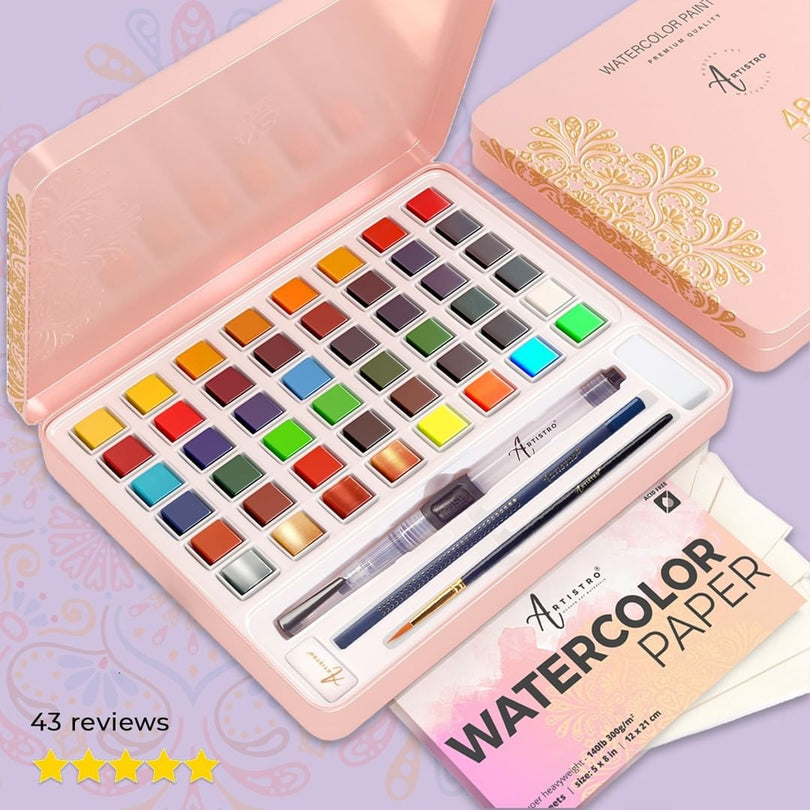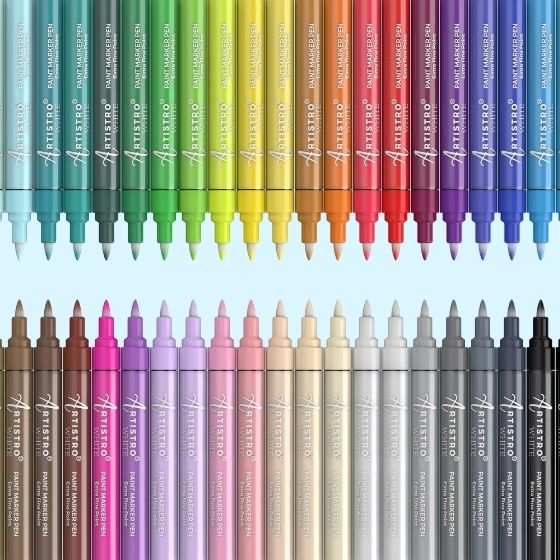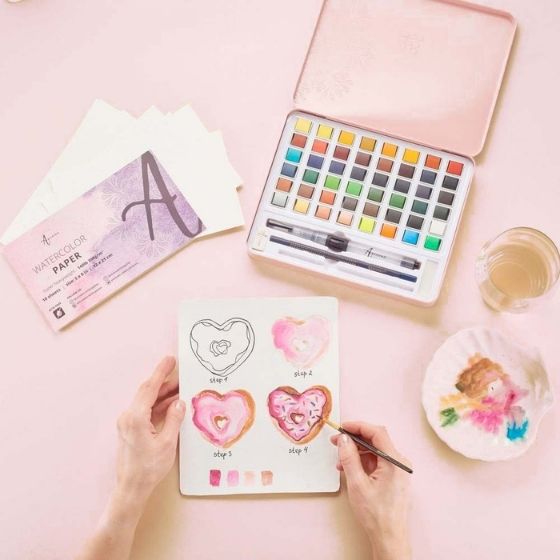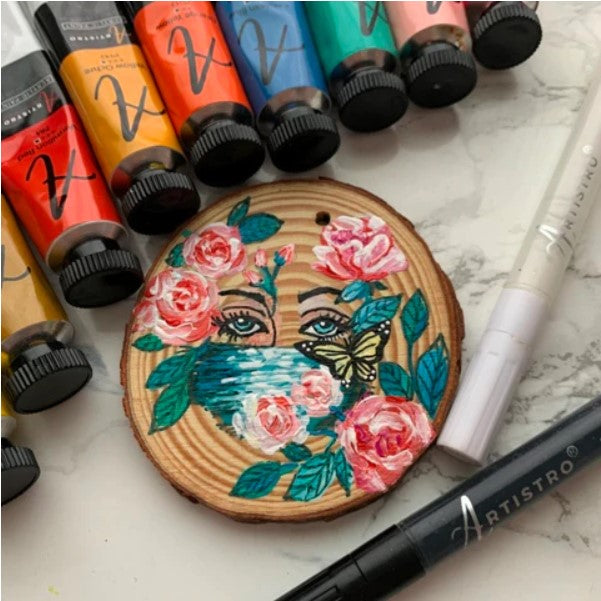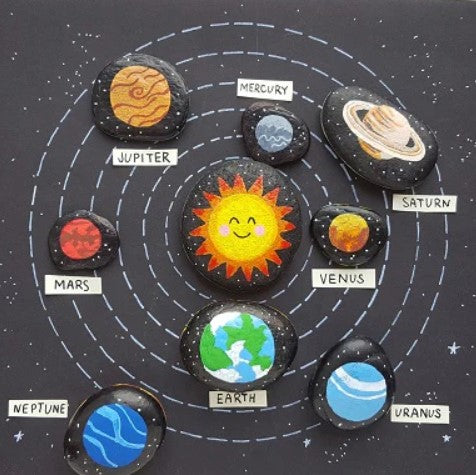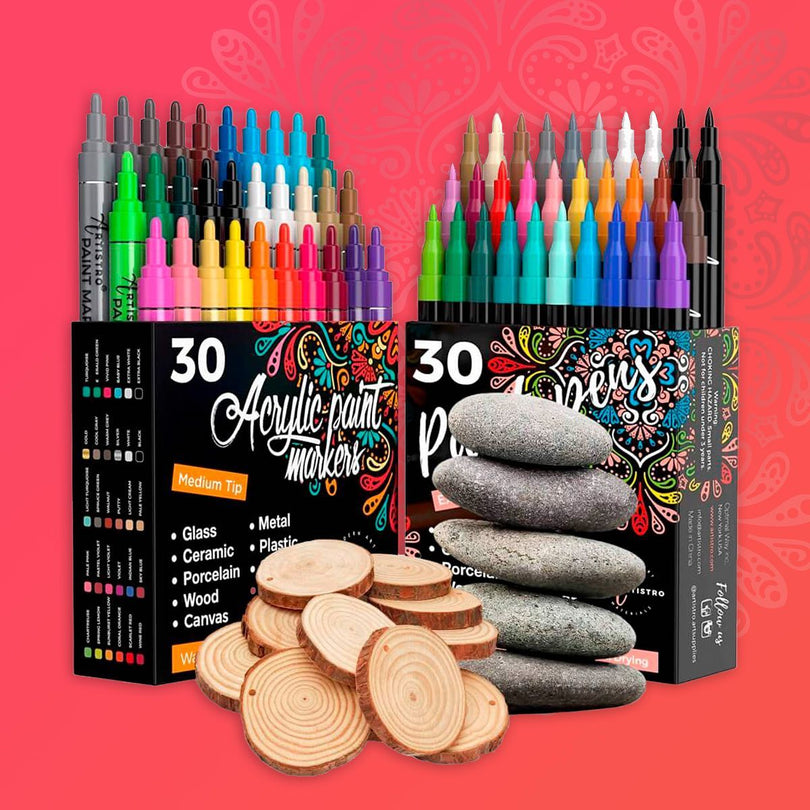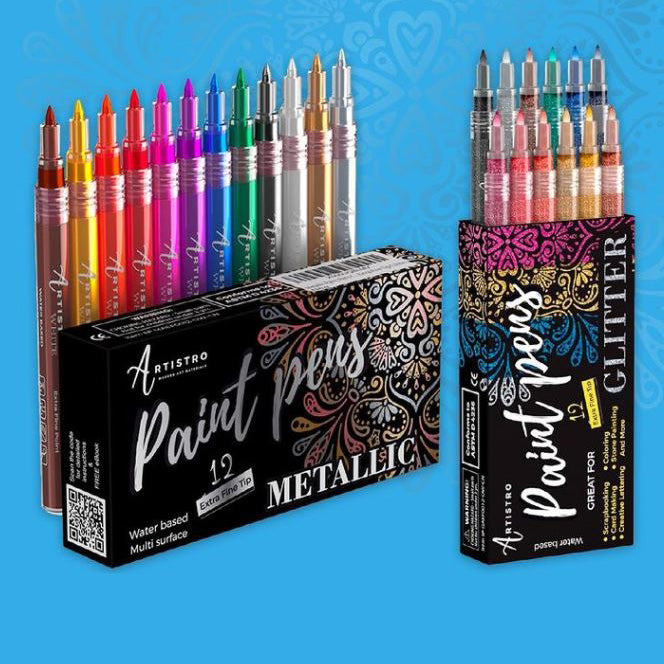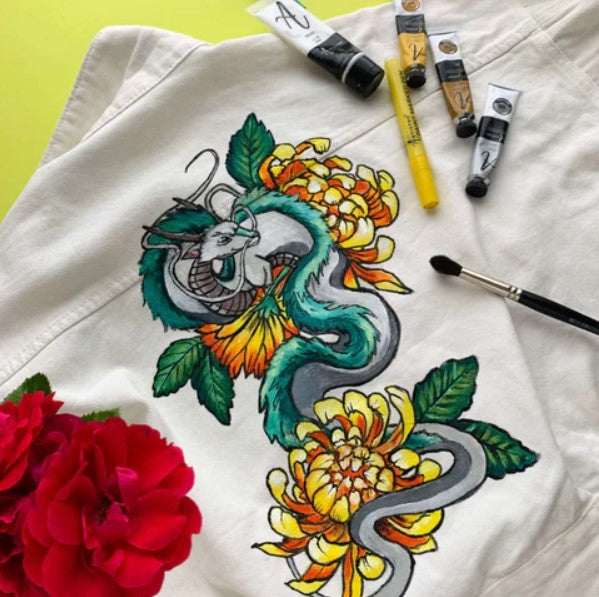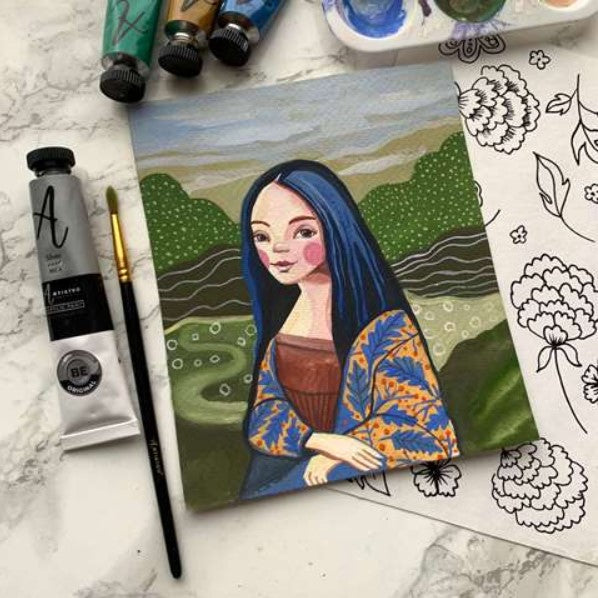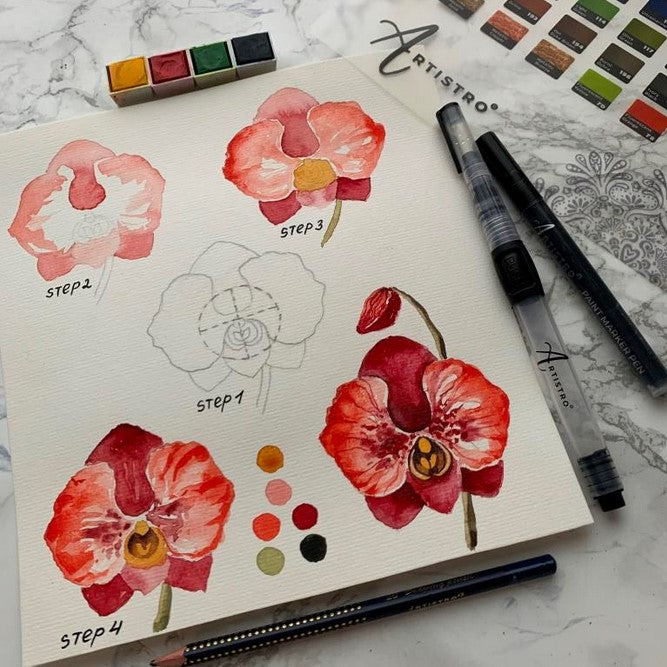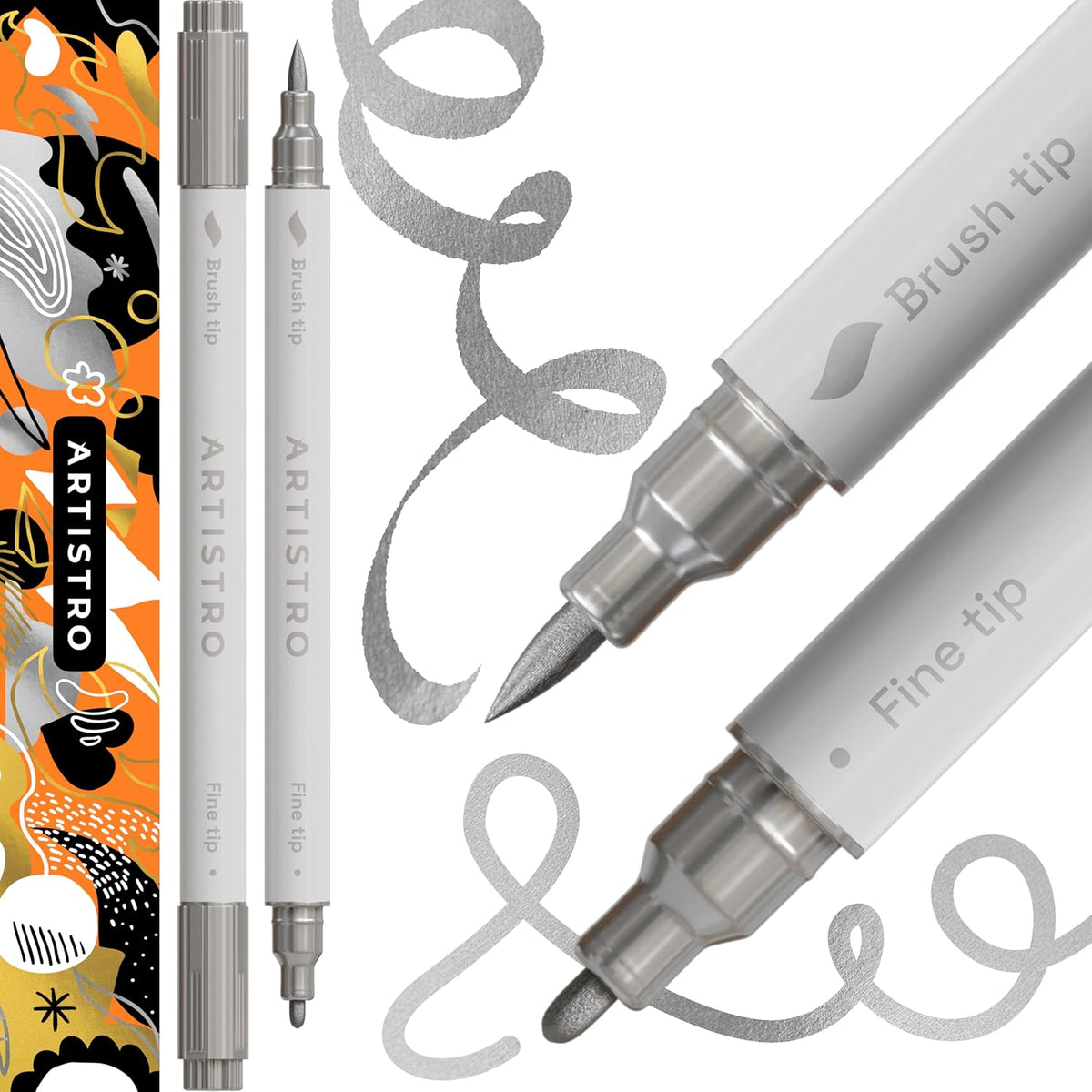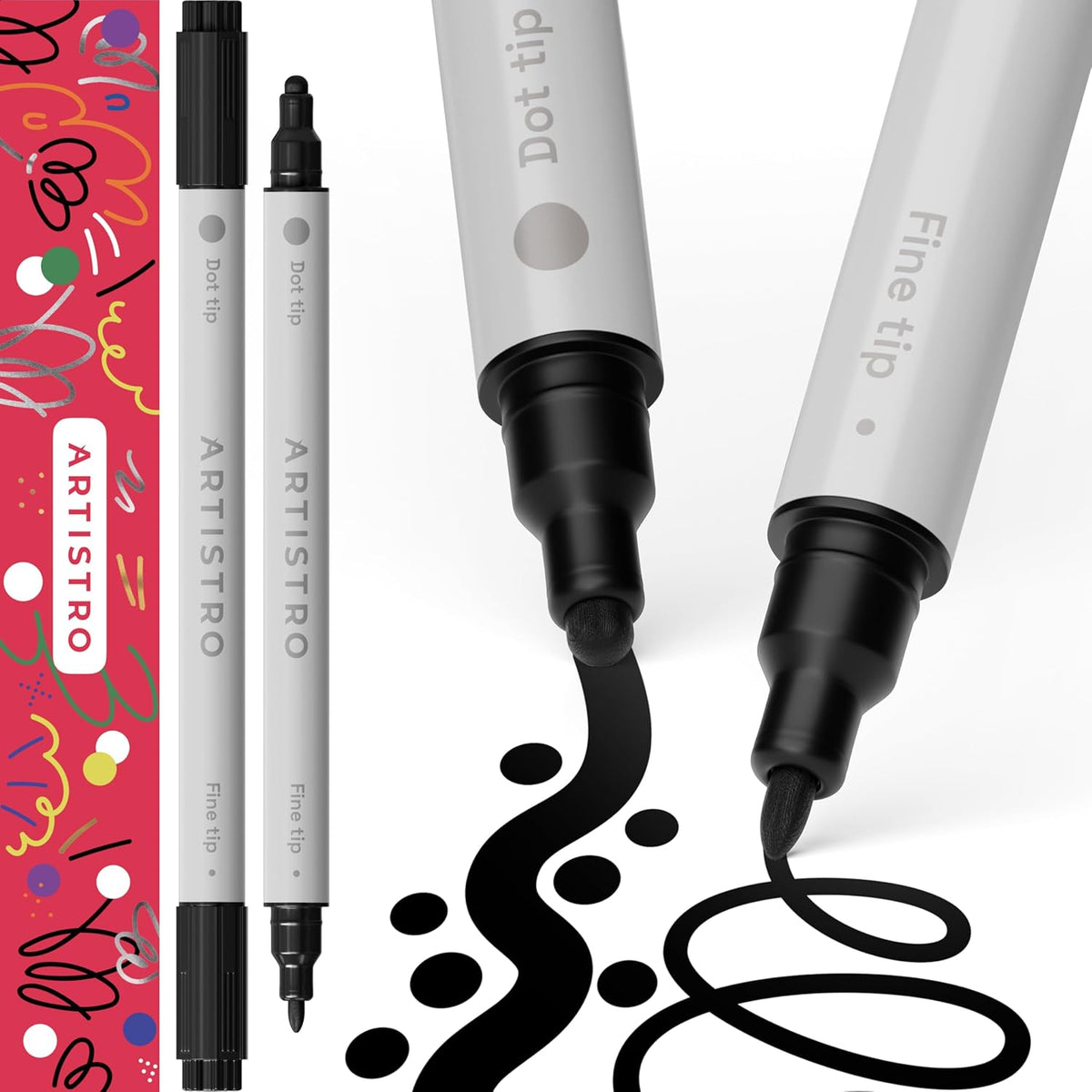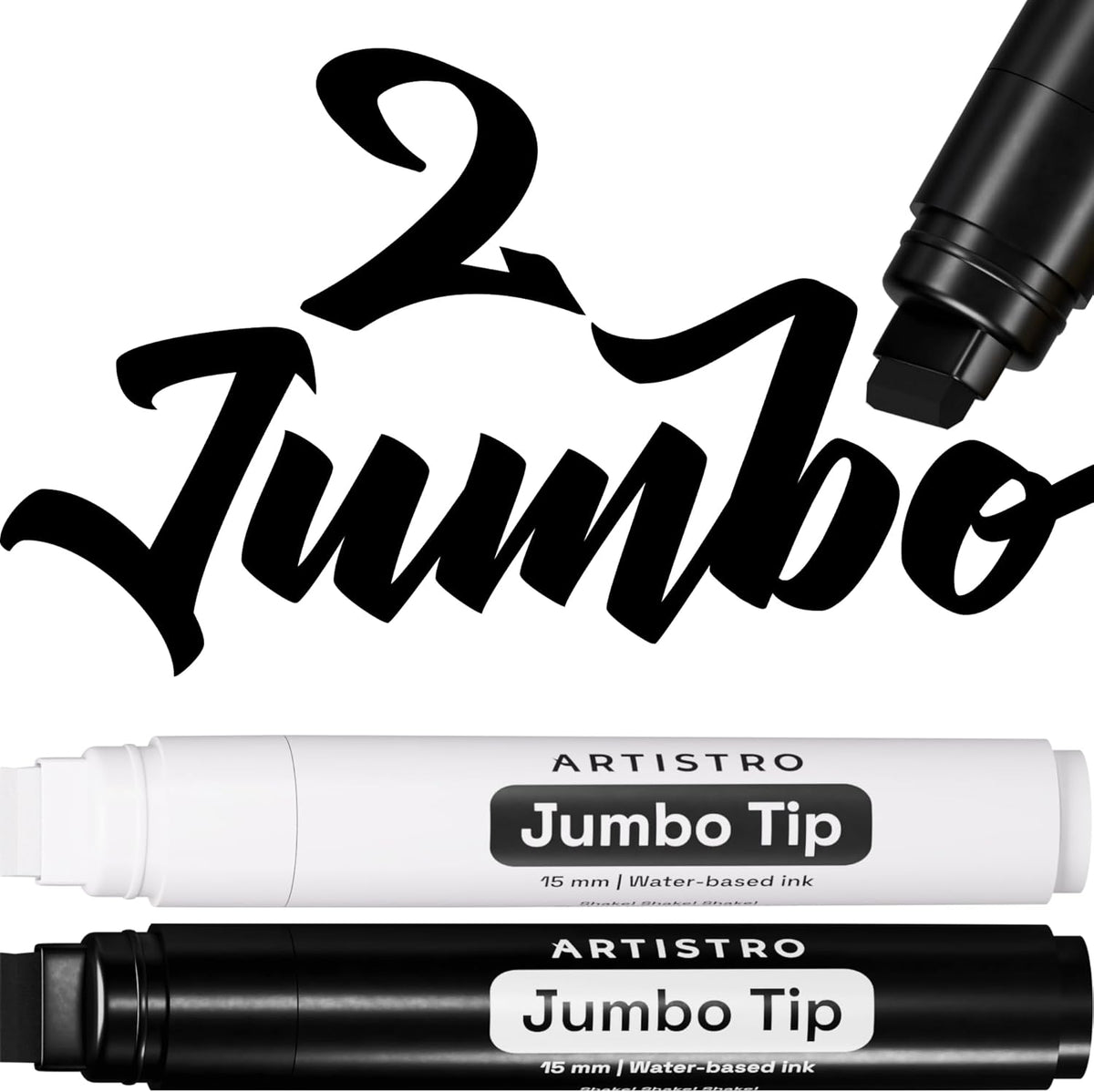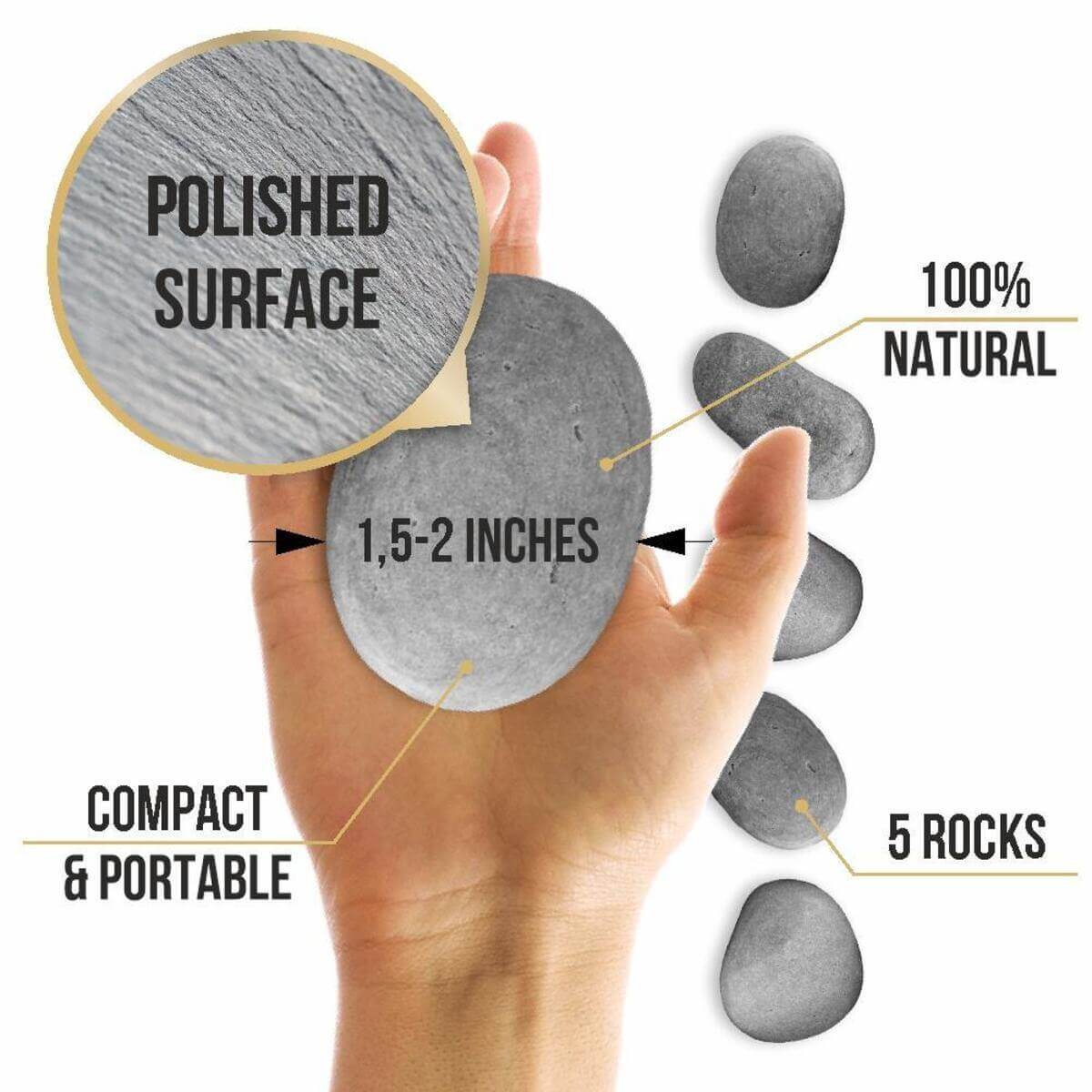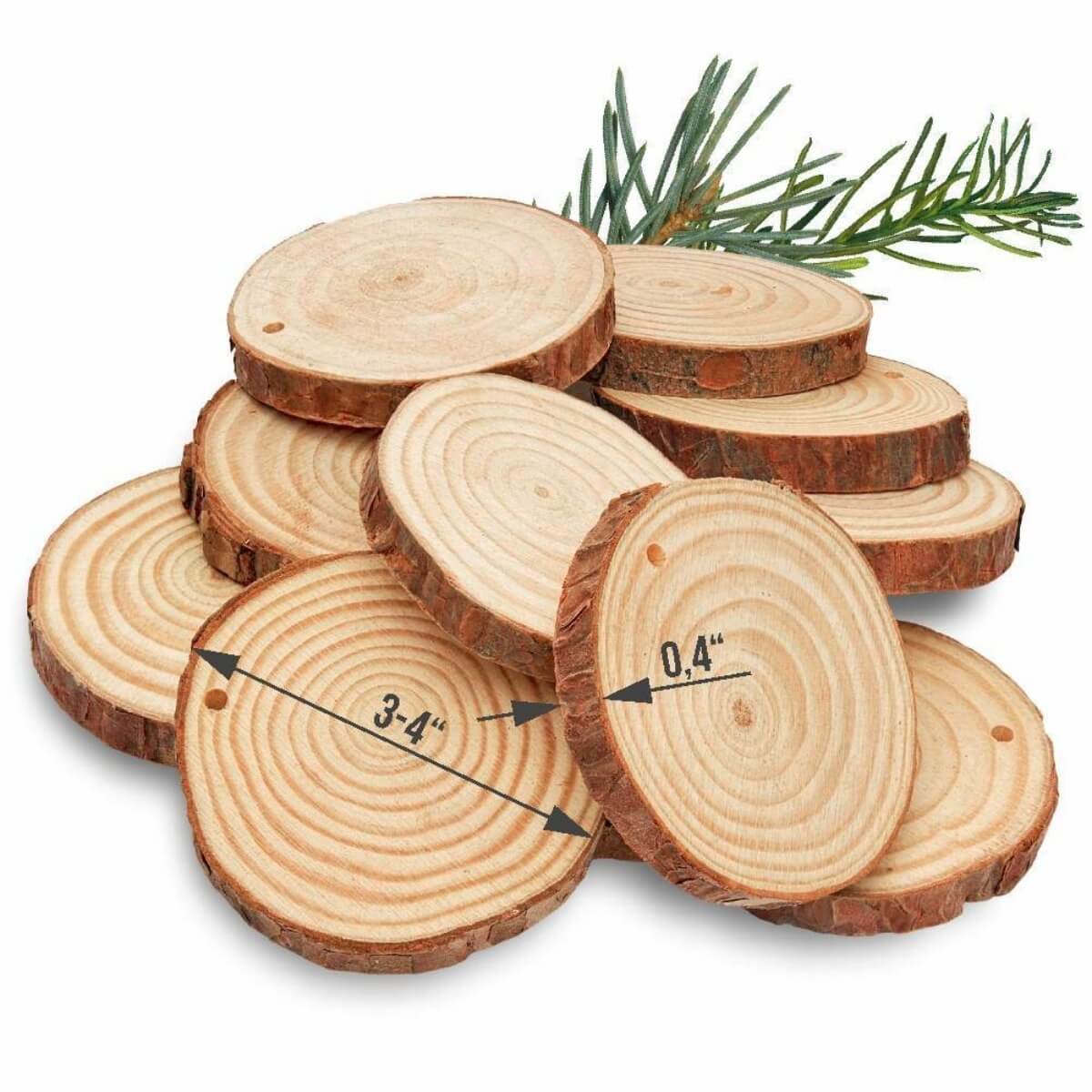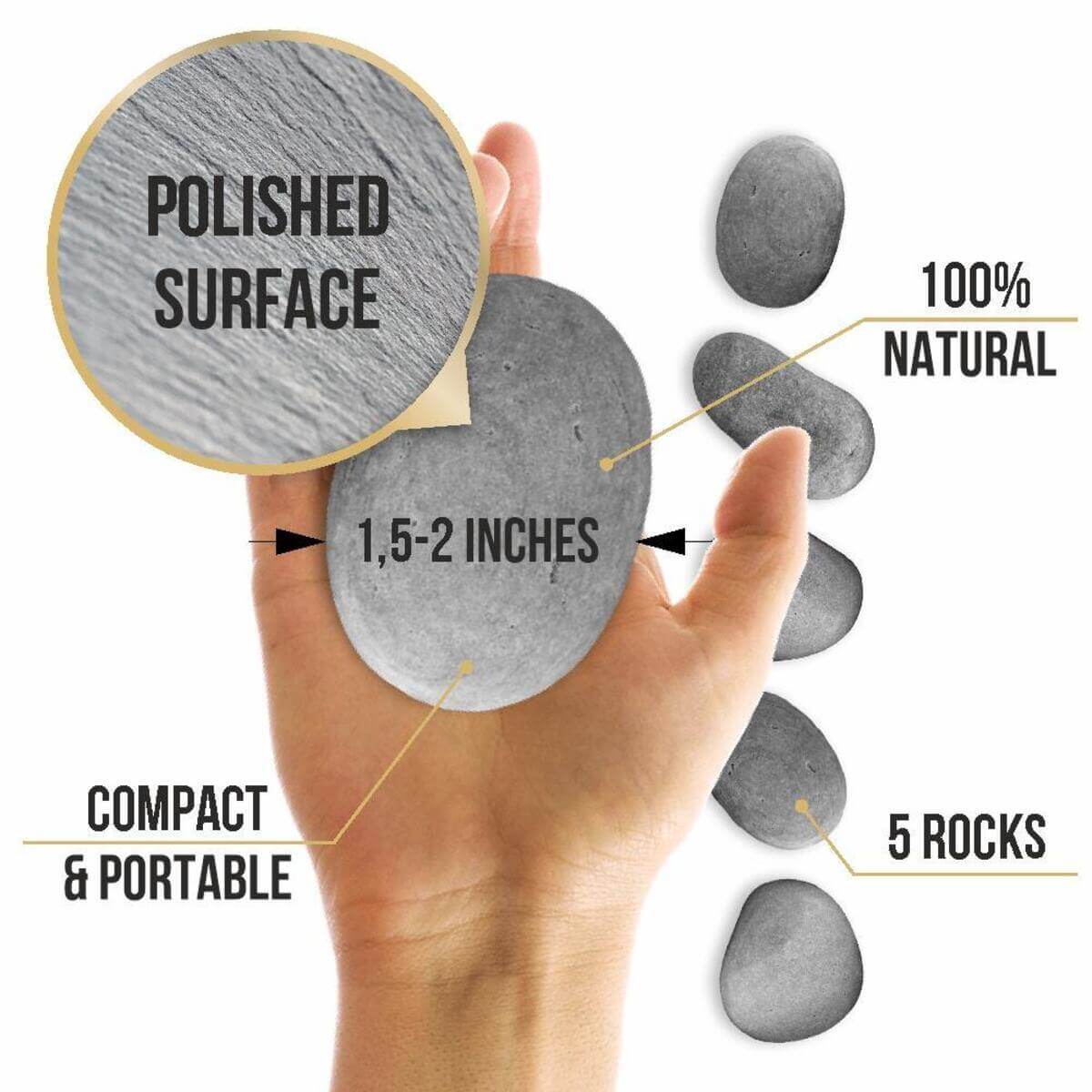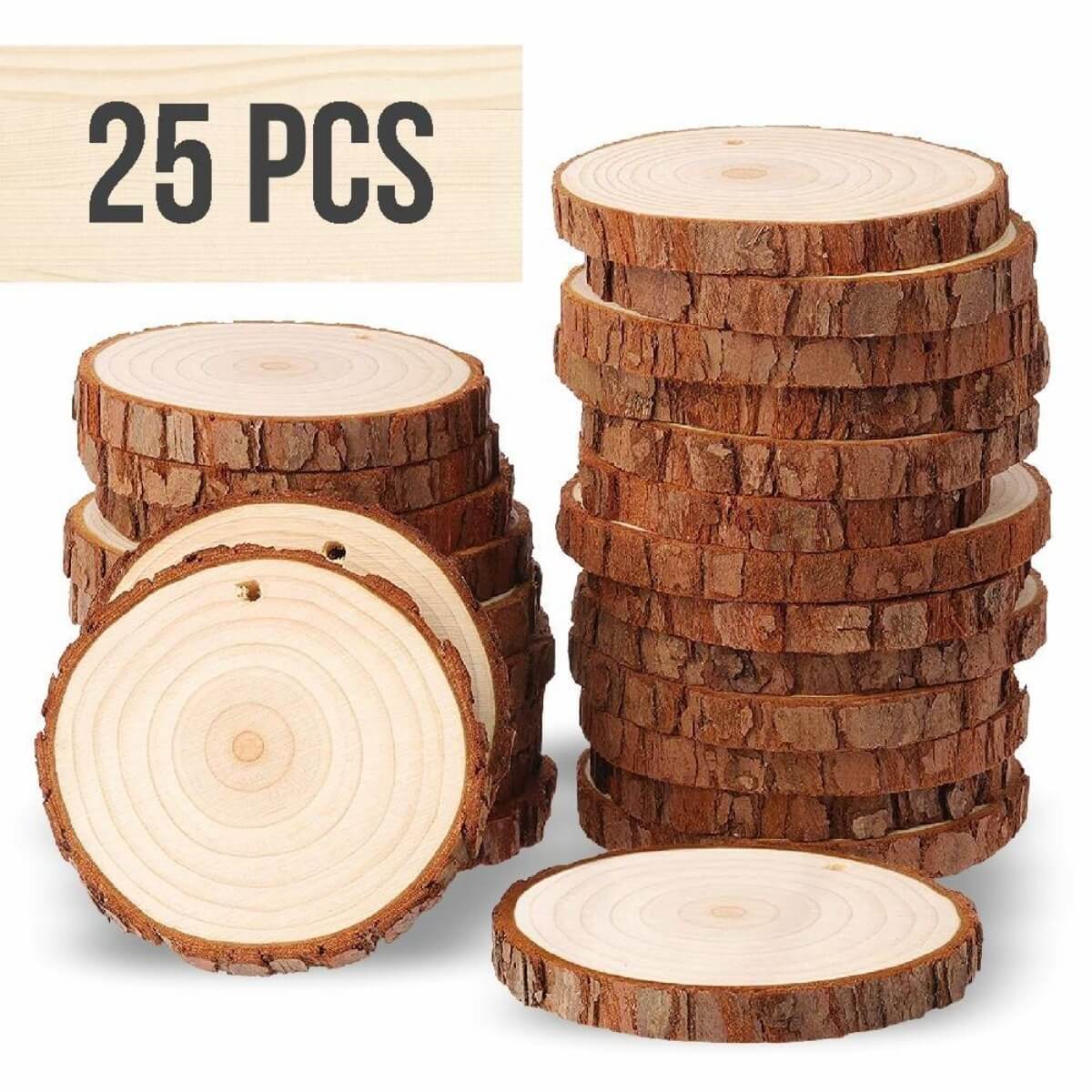Table of Contents:
Some works of art delight us for centuries. Some ones crumble quite quickly under the pressure of time. What can you do to make your masterpiece delight you and your loved ones as long as possible? Is there a way to make your artwork timeless indeed?
Special work tools such as varnish and fixative were created exactly for this reason. Let's take a closer look at how each of them works exactly and what are their main features.
To begin with, let's see what is varnish and what is fixative spray and what is the difference between them.
Varnish and fixative: their differences
Varnish is necessary in order to protect the painting from moisture contained in the air, sunlight and dust. The Varnish coating protects the picture from mechanical damage, minor scratches and abrasions. Also, varnish makes the colors brighter, more expressive and deep, giving the picture shine or matte.
Long ago varnishes used to make of natural resins, but over time it was replaced with synthetic materials, which made varnishes more versatile in use.
Fixative is a special work tool that is used to stabilize the pigment and fix drawing material. In general it is made of casein, synthetic resin and glue. When you finished a drawing made with graphite, pastel or charcoal is, you need to fix it. Fixative will prevent smearing of the picture, as well as protect it against damage and dust.

What are the criteria for choosing fixative:
The main criteria for choosing an art fixative spray are as follows:
- strength of fixation
- UV resistance level
- colorlessness
- tarnish
- the smell of it (if you are allergic or have a reaction to strong odors)
Applying of the acrylic paint fixative or acrylic varnish depends on the specific case: type of paint, type of surface, type of fixative is important here.
It is important! Never use varnish when working on paper surface. When you apply varnish spray, paint changes its color. During coating, the varnish will penetrate the fibers of the paper, which will dilute the ink pigment. It is better to use a fixative spray - precisely in the form of a spray, since applying fixative with a brush can also cause blurring.

What is a fixative spray: its features and types
Depending on the purpose and application scheme, there are two different types of fixing sprays:
- Final fixative spray
- Workable fixative spray
As the name implies, the Final fixative spray is used at the final stage of painting. The main purpose of this spray is to fix the colors to avoid paint smearing and to protect the work from dirt and dust in the future.
It is important! If the technique is not followed, the Final fixative spray may cause discoloration of the paper or the pigment of the dye. Therefore, it can be used only at the final stage of processing your work.
If you need to fix the layers of your project on the fly, use the Workable fixative spray. When you're working on a multi-layer project that requires multiple layers of paint, there is a point where the absorbency of the paper cannot deal with the excess paint. This type of fixative is designed to secure layers and to restore the smoothness of the paper.

What are the best Mediums for using fixatives?
Watercolor + fixative. Not the best combination. You can use the fixative for watercolor projects, but there is a risk that the paint will crack later.
Acrylic + acrylic fixative. Very good combination. Many artists use this particular combination and leave positive reviews.
Pastel + fixative and Graphite + fixative. A great combination. With these surfaces, you can use both types of fixatives and be confident that your project is secure.
Types of varnish, their disadvantages and advantages
Whichever type of varnish you choose, you will face pros and cons anyway.
Glossy varnish
- it has a significant advantage: it does not absorb moisture, and therefore can be directly applied to the surface.
- its disadvantage is the effect of glare, which cannot be avoided in any case.
Matt varnish
- it is an absorbent that is absorbed into the surface, distorting the natural color rendering - and this is a big minus
- nice look and the absence of a glossy effect is its undoubted advantage

What are the best Mediums for using varnish?
Oil + varnish. Not very good combination. Since the oil base is susceptible to oxidative processes, you should wait until the work is completely dry. If you are not careful enough, your project can crack afterwards.
Acrylic + acrylic varnish. An excellent combination. You can feel free to use both glossy or matte varnishes to secure your acrylic work.


